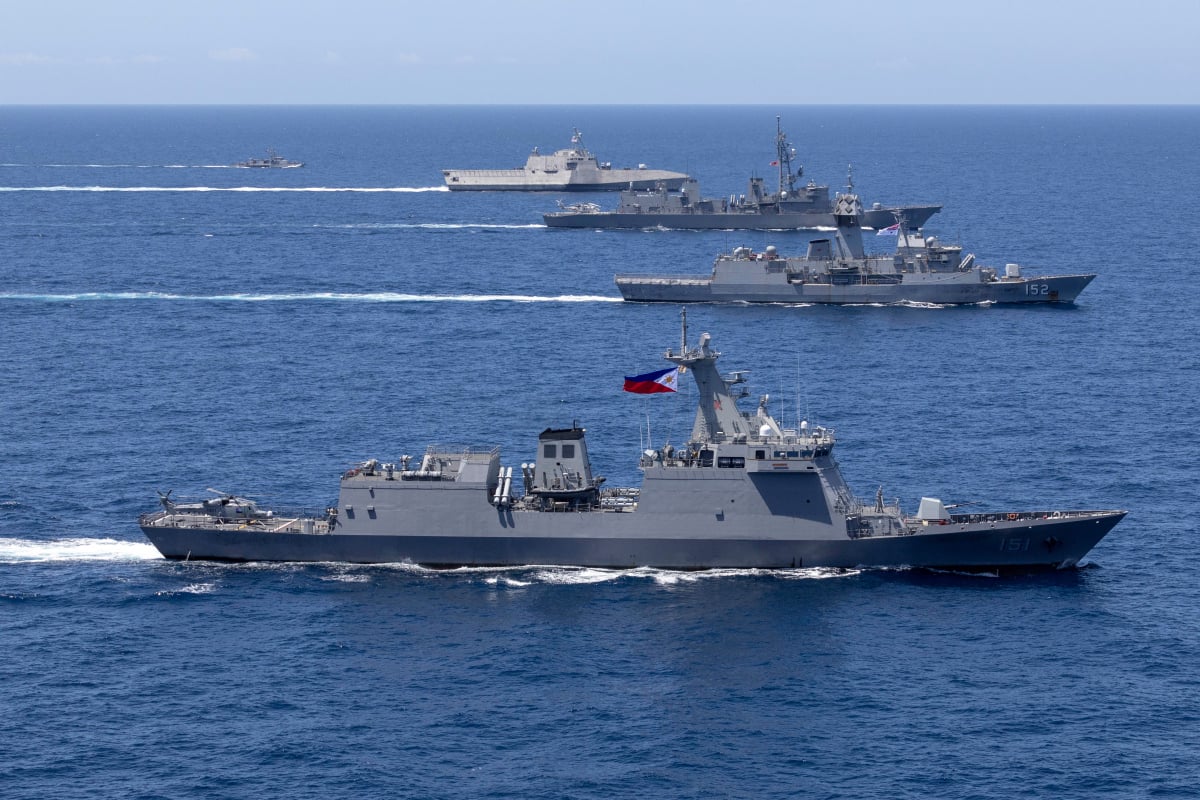
The Soviet Union’s old doctrine was: You deter World War III with nuclear weapons. Now Russia’s new doctrine: Threaten to use nuclear weapons against any major power that may try to block Moscow from having its way in a regional conflict, a specialist in Russian nuclear strategy said on Monday.
Speaking at the Center for Strategic and International Studies, Nikolai Sokov said, “The targets are military.” A slide he used at the presentation before the Washington, D.C., think-tank, showed the targets could be reached by medium or heavy bombers and include bomber bases in the United States; aircraft carrier battle groups in the Baltic and Pacific; as well as those in the Indian Ocean and Black Sea-Mediterranean.
“Bases are platforms,” said Sokov, who is now affiliated with the Middlebury Institute of International Studies at Monterey. He noted Russian exercises in 2003 carried out a simulated nuclear strike against Diego Garcia, and in 2007, against Guam.
What changed in Russian leaders’ minds after the collapse of the Soviet Union was “a perception [that] the United States will go around using force in promoting democracy and human rights.”
Sokov said that Russia began looking to a new strategy out of fear that the United States would intervene in its second war with Chechen separatists, demonstrated by its intervention in Kosovo. In addition to the change in Kremlin strategy, there was a new buildup of its long-range dual-mission forces—bombers capable of carrying nuclear or conventional weapons, as well as its nuclear forces.
Russia made those moves believing that this show of strength would cause the United States to back off from using force close to Moscow’s borders. It was “going back to the Fifties and Sixties flexible response” strategy in addressing crises involving major powers but with limited goals.
He cited the first Gulf War as an example of how “the United States used military policy to support foreign policy” in removing Saddam Hussein’s Iraqi army from Kuwait.
“Last fall, we got the second” when Russia sent military aircraft and personnel to Syria to support Bashar al-Assad in its civil war.
That’s a sea change for the Kremlin in projecting power far from its borders.
In the case of Ukraine, Sokov said “a lot of rhetoric” about possible use of nuclear weapons in support of the separatists in the eastern part of the country was “directed at the domestic audience.” He added, “Generally speaking, Russian love nuclear weapons. . . . If you don’t have nuclear weapons, that’s when you lose sleep.”
Pavel Podvig, director of the Geneva-based Russian nuclear forces project, said, “Strategic forces play a role supporting whatever moves Russia makes,” including Ukraine, Crimea or Georgia. The threat of escalation in a regional conflict is “a deliberate policy of Russian leaders because nobody wants” to engage in nuclear conflict for limited stakes.
As was the case in Soviet days, Russian nuclear defense industry keeps making its case for more money by saying this new weapon increases Moscow’s retaliatory capability—even if it is expensive and of limited value. “If you present your project in that light, you get funded.”
That feeds on the Kremlin’s goals of “we need to maintain credibility” in nuclear deterrence, missile defense and conventional forces,” he added.
Neither Sokov or Podvig believe there will be much interest in a new arms-control talks even when the administration in Washington changes in January. Podvig said Moscow remains committed to talks covering nuclear issues to include hypersonic gliders, missile defense and conventional forces, while Washington wants the talks limited to nuclear issues, from numbers to launchers.





